Gardening in shady spots doesn’t have to be limiting. In fact, many vegetables actually thrive in partial shade, particularly in regions with strong summer sun. Root vegetables and leafy greens can benefit from the cooler, moister conditions that shaded areas offer. Here’s a rundown of vegetables that not only tolerate less sunlight but also can bring diversity and abundance to your garden’s yield.
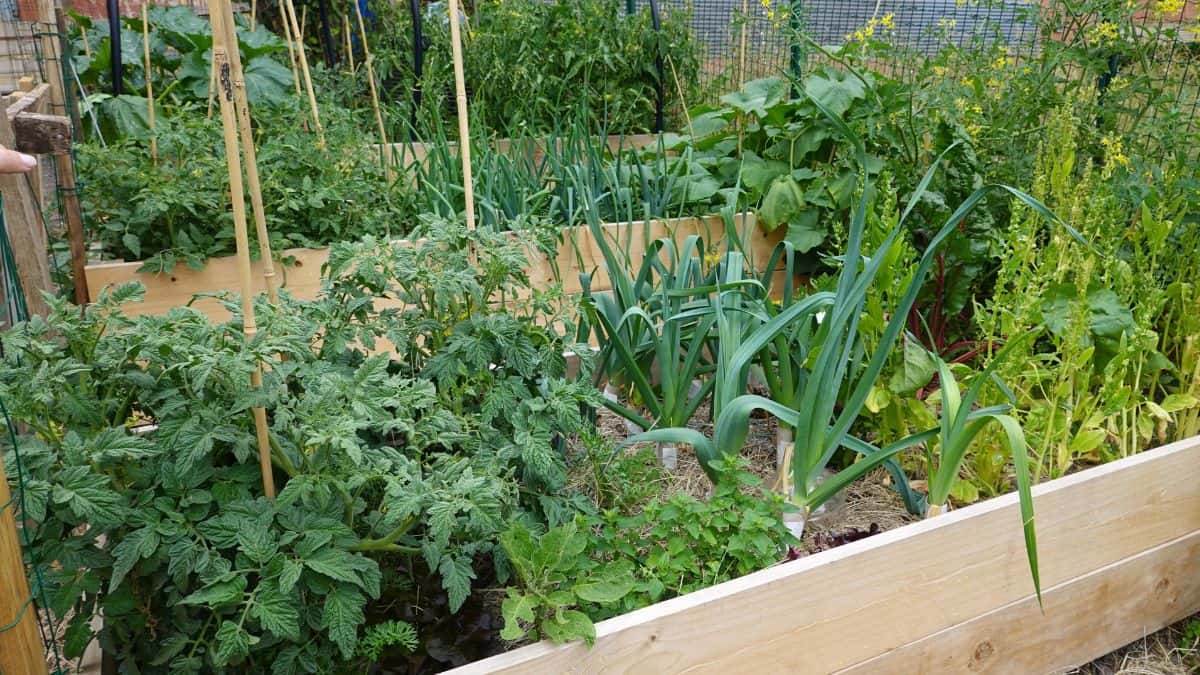
Beets

Beets appreciate light shade, especially in regions with hot summers. Partial shade keeps the soil moist longer. Ensure the soil is deep and free of stones to accommodate their growth. Beets are not just edible roots but their greens can be cooked like spinach, offering a dual harvest from a single plant.
Carrots

Carrots require minimal sunlight, making them perfect for partially shaded gardens. They prefer well-drained soil that’s not too rich in organic matter, which can cause roots to fork. Gentle watering is necessary to maintain soil moisture without waterlogging the roots.
Garlic

Garlic is adaptable but prefers at least six hours of sunlight. It can grow in partial shade, which might only slightly extend the growing period. Plant in loose, fertile soil and keep moist. Garlic deters pests, making it a beneficial companion in the garden.
Leeks
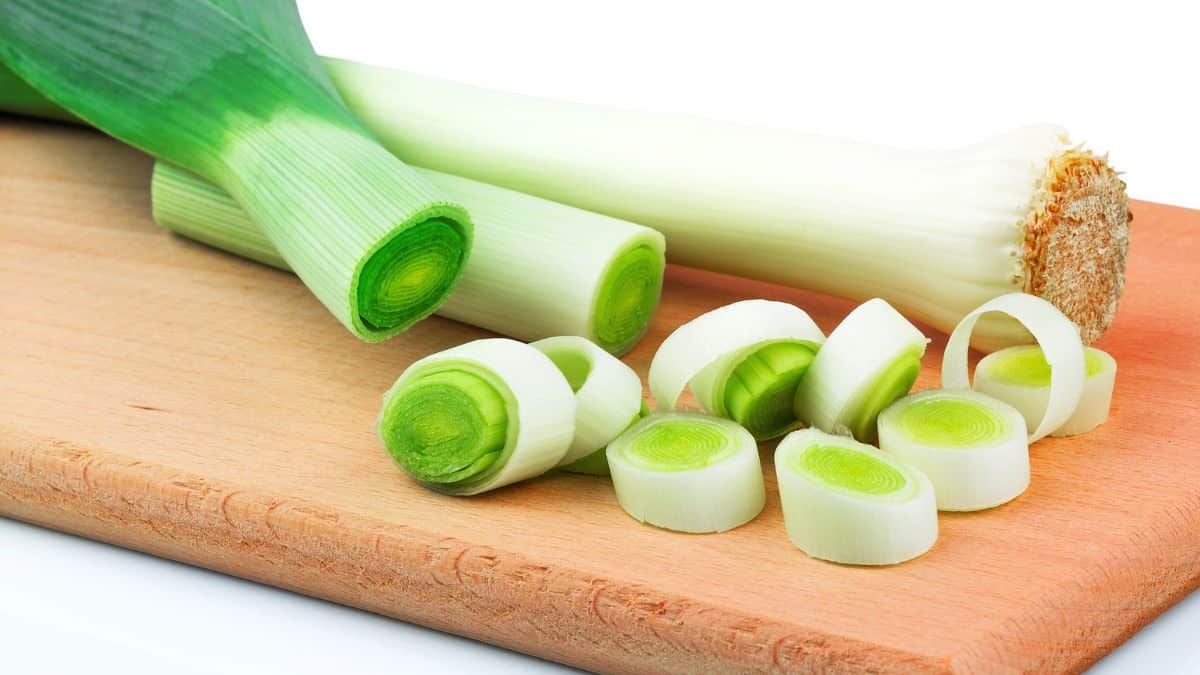
Leeks can succeed in partial shade, although like garlic, they ideally want some sun. They need well-drained soil and consistent watering to develop their characteristic white, tender stems. Leeks are a great addition to soups and stews, providing subtle, sweet onion flavors.
Parsnips

A little shade won’t hurt parsnips; it actually helps produce sweeter roots. Plant them in deep, stone-free soil and water regularly to keep the soil evenly moist. Parsnips take longer to mature but are worth the wait, turning starchier and sweeter after the first frost.
Potatoes
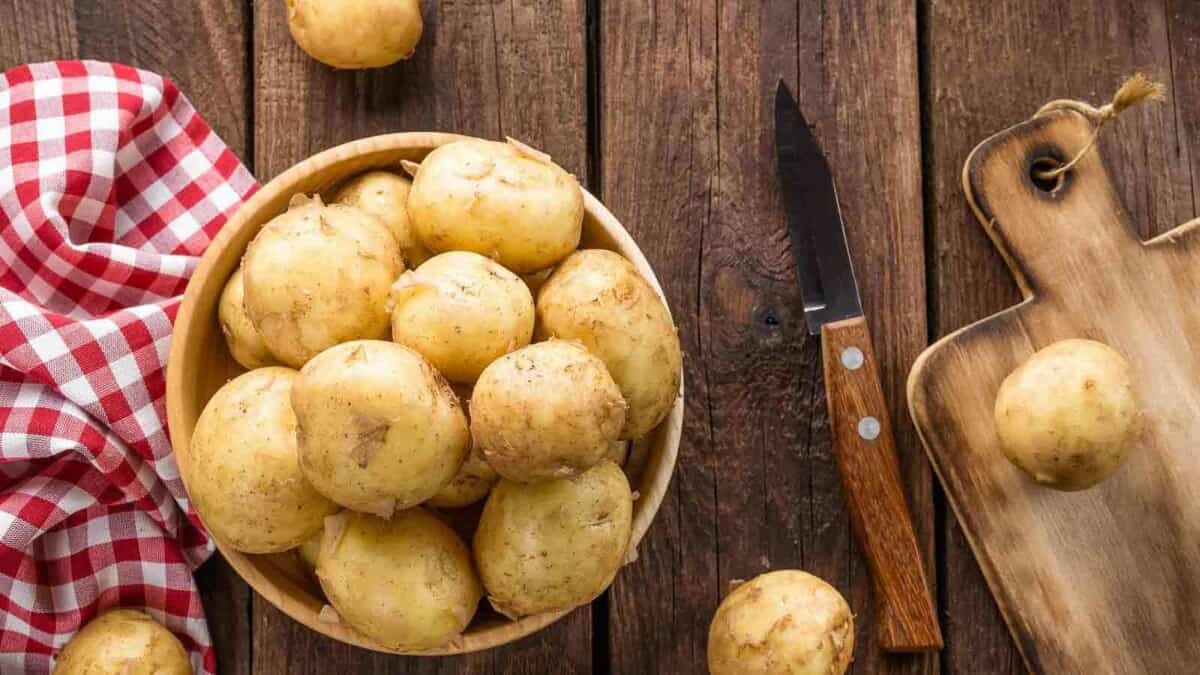
Potatoes manage well in light shade but require at least five hours of sun. The key to growing potatoes is loose, well-draining soil and regular watering that allows the tubers to develop without rot. Mulching helps maintain an ideal moist environment.
Radishes
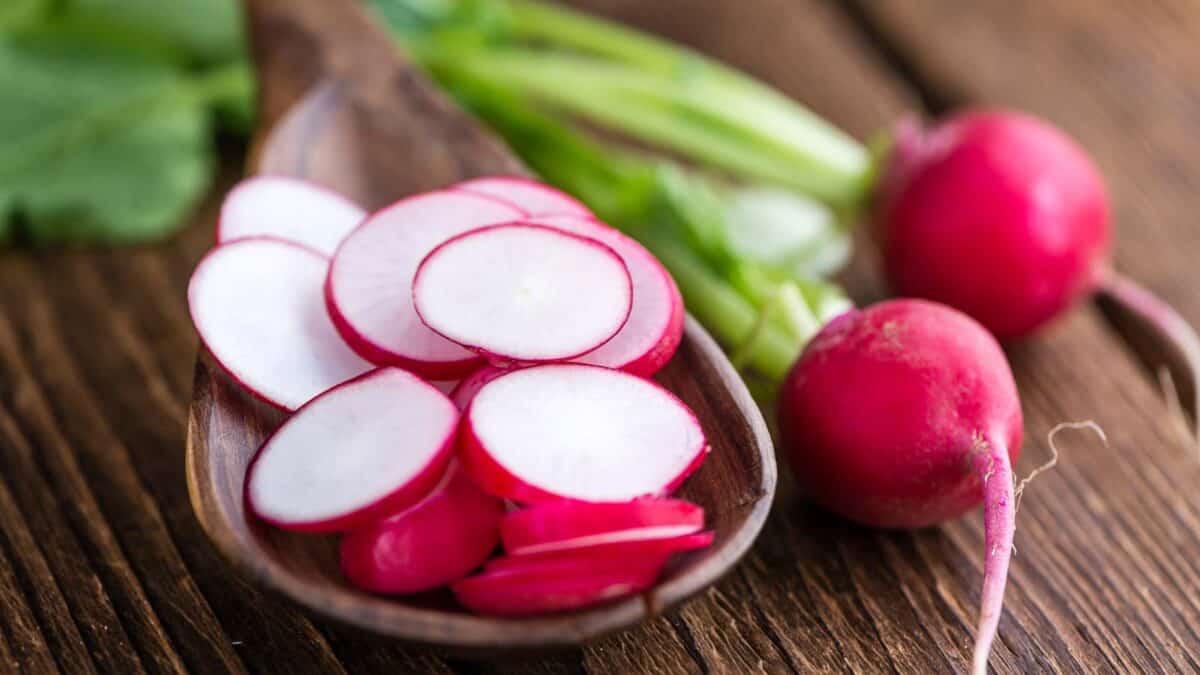
Radishes are quick growers that tolerate partial shade, which may soften their sometimes peppery taste. They are not fussy about soil but keeping the ground moist will encourage smooth, plump roots. Harvesting promptly ensures they remain crisp and mild.
Turnips

These are particularly shade-tolerant and can be grown almost entirely in filtered sunlight. They need regular watering and fertile, well-drained soil. Young turnip greens are also edible, making them a versatile crop from top to bottom.
Arugula

Arugula can bolt (flower prematurely) in full sun, so partial shade is ideal to keep it cool and slow bolting. Water evenly to prevent the soil from drying out. Its peppery leaves add a kick to salads and sandwiches.
Bok Choy
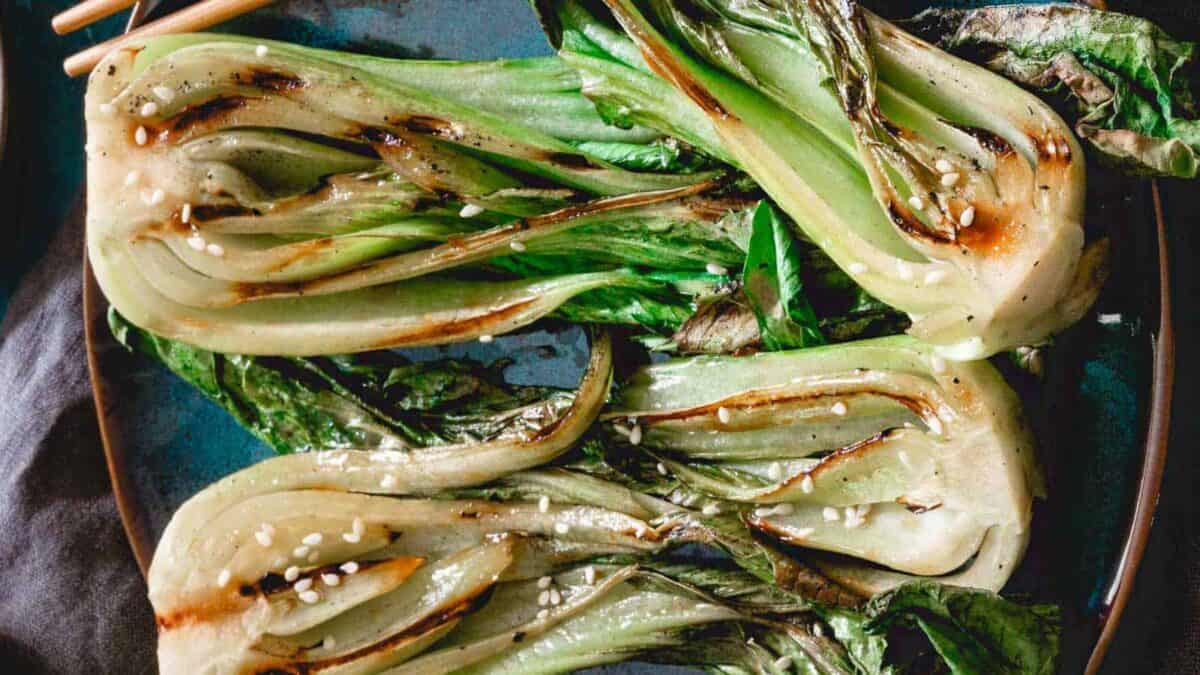
This Asian green loves cooler weather and tolerates partial shade well, which reduces the risk of bolting. Keep the soil consistently moist and rich in organic matter to support its rapid growth cycle.
Broccoli

While broccoli prefers full sun, it can manage with less. Too little sun may reduce head size, but it will still produce. It requires rich, fertile soil, consistent moisture, and more space to grow than some other greens, making it a little more care-intensive.
Brussels Sprouts

These do best in cooler environments and can tolerate partial shade, which might even enhance their flavor by reducing bitterness. Like broccoli, they need space and rich soil, and should be staked as they grow tall.
Cabbage

Cabbage is quite adaptable but grows best with at least a few hours of sun. Partial shade can help prevent the heads from splitting in dry conditions. Regular watering and fertile soil will yield large, crisp heads perfect for coleslaw or fermenting.
Cauliflower

Cauliflower requires careful attention to grow well, especially in shade. It needs fertile, well-drained soil and consistent moisture. Blanching (covering the head with its leaves) may be necessary to keep it white and tender if the shade is not dense.
Collard Greens
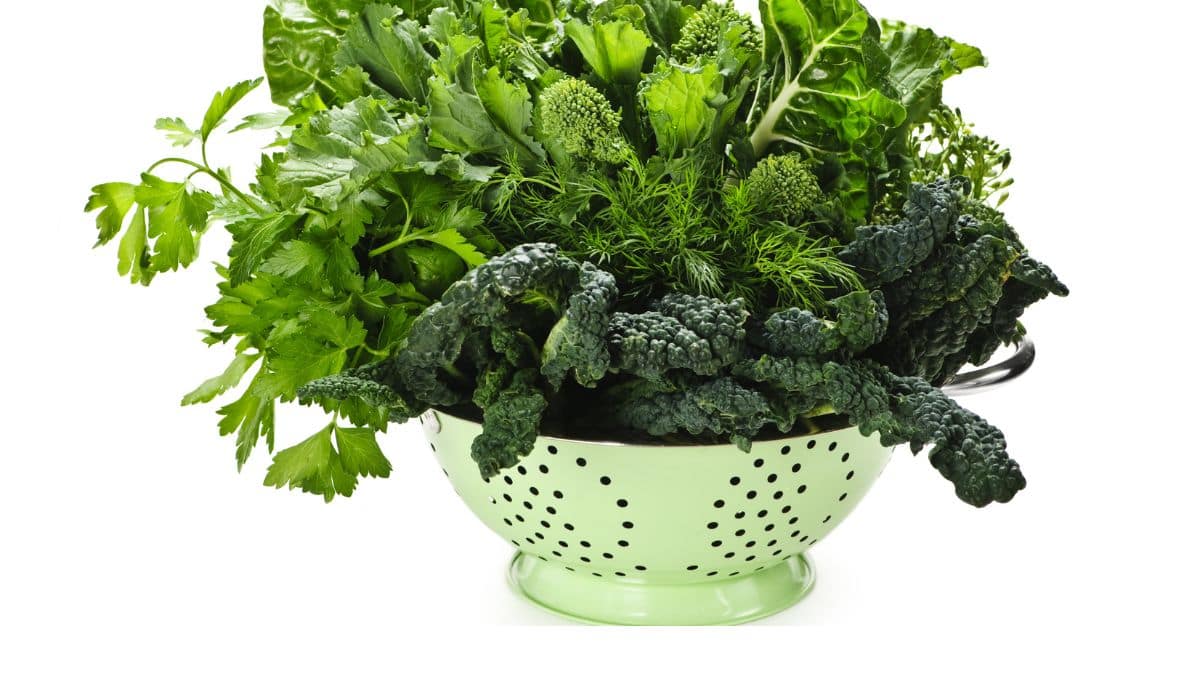
Collards are robust and nutrient-rich, thriving in partial shade, which keeps the leaves tender and sweet. They prefer fertile, well-drained soil and require regular watering, especially during dry spells to encourage lush growth.
13 Ways To Keep Rabbits From Destroying Your Garden This Season

Ever caught a rabbit munching on your prized veggies? It’s cute until it’s your garden they’re feasting on. We’ve got the lowdown on keeping those furry critters at bay. From time-tested tricks to plant preferences that rabbits just can’t resist, here’s everything you need to safeguard your garden and keep those carrots for yourself.
Read it Here: 13 Ways To Keep Rabbits From Destroying Your Garden This Season
13 Reasons Why You Should Grow Your Own Food (Even Just A Little!)
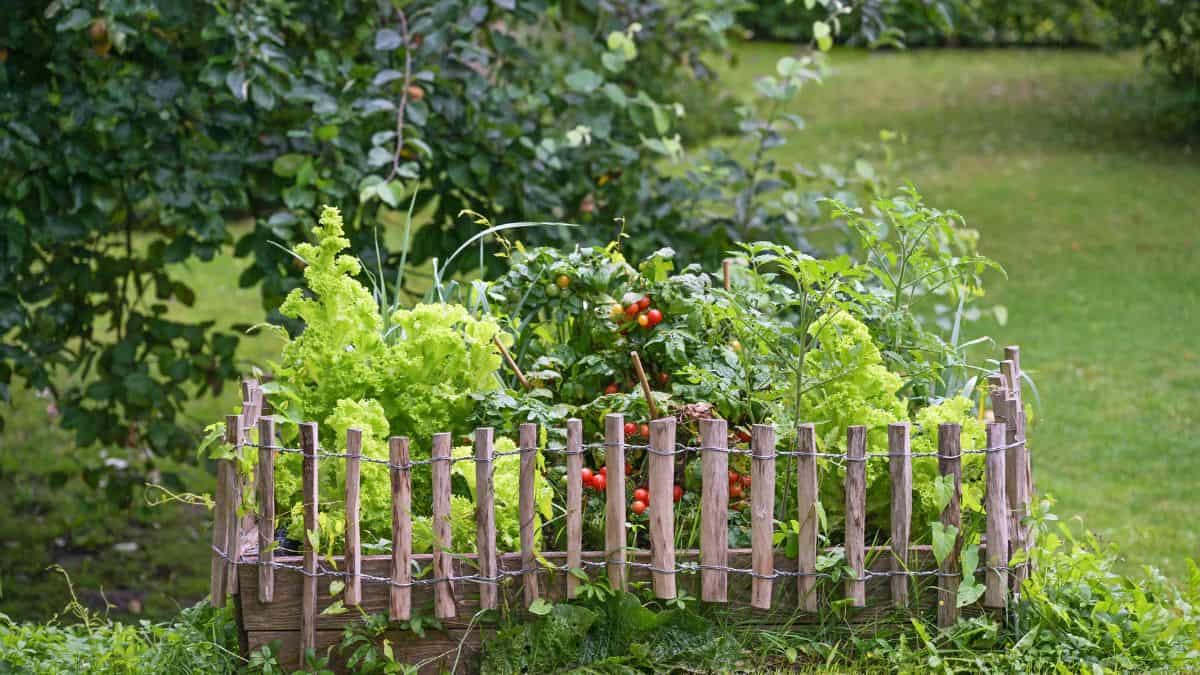
Growing your own food isn’t just for those with sprawling gardens; a small container or patch of dirt is all you need to start. Replacing even a few items from your grocery list with homegrown produce can inject fun and flavor into your meals. It’s a transformative experience that brings unparalleled freshness to your table and connects you more deeply with the cycle of nature. Let’s explore the many benefits of turning even the smallest space into a flourishing garden.
Read it Here: 13 Reasons Why You Should Grow Your Own Food (Even Just A Little!)
Select images provided by Depositphotos.
Gina Matsoukas is an AP syndicated writer. She is the founder, photographer and recipe developer of Running to the Kitchen — a food website focused on providing healthy, wholesome recipes using fresh and seasonal ingredients. Her work has been featured in numerous media outlets both digital and print, including MSN, Huffington post, Buzzfeed, Women’s Health and Food Network.








